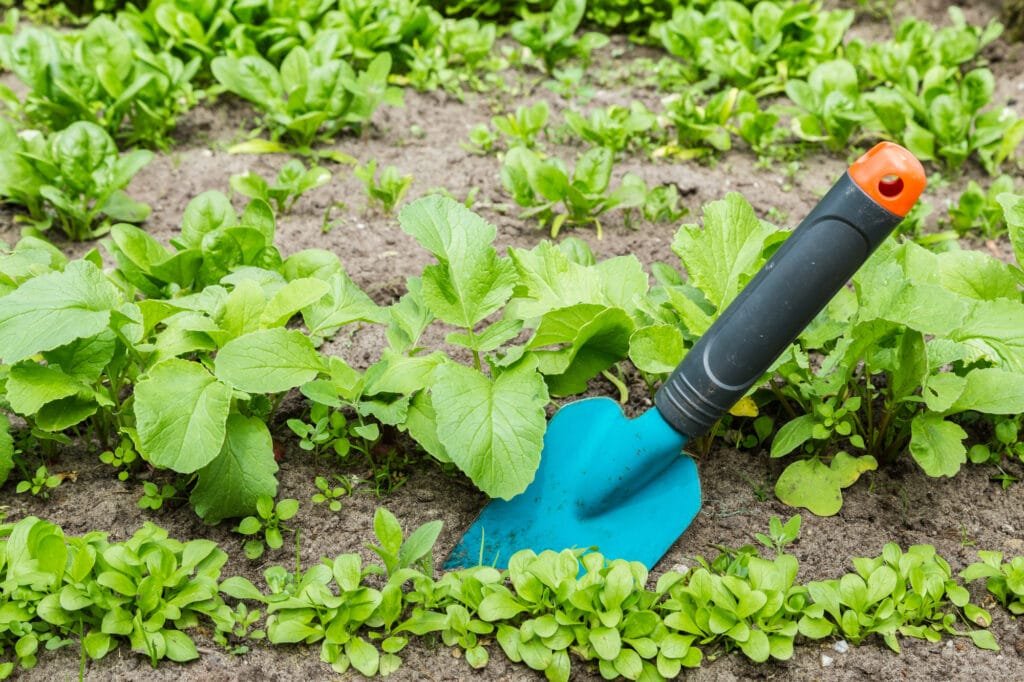Home composting has transformed from simple garden piles to sophisticated ergonomic systems designed for efficiency and accessibility. The first patented home composter was created by Albert Howard in 1931 through his “Indore Process,” establishing methodical composting techniques for residential use.
By the 1970s, tumbling composters emerged as an ergonomic alternative to traditional methods, while the 1990s saw Joseph Jenkins introduce humanure composting systems, revolutionizing the field. Today’s ergonomic composters incorporate universal design principles that make sustainable waste management accessible to people of all abilities and ages.
Ideal Features of an Ergonomic Composter
An ideal ergonomic composter balances functionality with accessibility, incorporating these essential features:
- Appropriate Height – Positioned between 28-36 inches to minimize bending and reaching
- Rotational Mechanisms – Hand cranks or tumbling systems that require minimal physical effort
- Lightweight Materials – Durable but manageable components that don’t require significant strength
- Wide Openings – Easy access points at least 12 inches in diameter for adding materials
- Removable Collection Trays – Sliding or detachable components positioned at comfortable heights
- Intuitive Controls – Simple operations that don’t require complex movements or fine motor skills
- Weather Resistance – Ability to function in various conditions without requiring additional user effort
Smooth Gardening’s Composter Picks
Some links on this site are affiliate links. This means if you click and make a purchase, I may earn a commission at no extra cost to you. As an Amazon Associate, I earn from qualifying purchases. Thank you for your support!
Tier 1 (Made in Canada)
- Tumbling Composter – Avoid digging and mixing your compost pile by hand. The tumbling design makes mixing easy and efficient. Just close the door and turn it 5-6 times every 2-3 days. In hot sunny conditions and with a p…
- Rolling Design For Mobility – The rolling design allows you to easily move the compost to where it’s needed instead of moving it with buckets or a wheel barrel. NO ASSEMBLY NEEDED – Composter arrives ready to use right o…
- Easy To Use – Fantastic for beginners! The large opening and removable door make it easy to add scraps/clippings and remove finished compost. Deep fins on the body provide great ergonomic handholds.
- Excellent Aeration – All our composter models feature aeration holes as well as deep fins to break up clumps inside the chamber and mix lots of oxygen into the compost. Tumbling composters allow far greater aeration than…
- Durable Construction – 100% recycled, BPA-free, UV-inhibited polyethylene.
Tier 2 (Made in Canada)
- Efficient Composting: Dual body design enables uninterrupted composting, rotating easily for quick, thorough mixing and faster decomposition. Engineered for optimal performance and reliability designed with user convenie…
- User-Friendly: Large openings and removable doors simplify adding waste and retrieving compost. Ergonomic handholds ensure comfortable use, utilizing professional-grade materials and construction techniques
- Fast Results: Close the doors and rotate 5–6 turns every 2–3 days; in hot, sunny conditions and with a proper ingredient balance, compost can finish in as little as two weeks. Aeration holes assist oxygen flow.
- Built to Last: Constructed from BPA-free, UV-inhibited recycled polyethylene and a corrosion-resistant powder painted galvanized steel frame for long-term durability. Suitable for multiple applications and use scenarios….
- Waste to Compost: Reduce waste and create nutrient-rich soil for your garden. Great for beginners and seasoned gardeners. Backed by manufacturer support and warranty.
Tier 3 (Made in Australia/Germany)
Tier 4 (Made in New Zealand)
- EASY & CLEAN WORM COMPOSTING – The Hungry Bin makes vermicomposting simple and odor-free. Its continuous flow design allows you to add food scraps at the top and harvest finished worm castings from the bottom without mes…
- HIGH-CAPACITY, SPACE-SAVING DESIGN – Perfect for homes, schools, and small farms. The Hungry Bin processes up to 4 lbs of waste per day, turning kitchen scraps into nutrient-rich compost while taking up minimal space.
- HEALTHIER GARDENS & PLANTS – Produce premium-quality worm castings and liquid fertilizer (“worm tea”) packed with beneficial microbes that naturally improve soil health and plant growth.
- LOW MAINTENANCE, FAST RESULTS – Specially engineered for optimal airflow and drainage, making it nearly self-managing. Worms thrive without the need for turning or complicated maintenance.
- DURABLE, ECO-FRIENDLY CONSTRUCTION – Made from strong, food-grade, UV-stabilized plastic, built to withstand years of outdoor use. A sustainable choice to reduce food waste and support a greener planet.
Tier 5 (Made in USA)
- The most beautiful composter in the world. Produces solid and liquid compost.
- Made of high quality food safe, BPA and rust free, UV and antioxidant protected materials.
- Proudly made in America. Let’s bring jobs back to America.
- No assembly required. And our customer service? Not bad at all…
- We invented it. They try to copy it. We keep improving it.
Bonus Products
- ECO-SMART RUST PROTECTION SPRAY: TOUGH ON RUST, SAFE FOR NATURE Gear Hugger’s eco-friendly rust protection spray for metal removes rust, displaces moisture, and prevents corrosion on metal surfaces. This plant-powered fo…
- UNBEATABLE RUST REMOVER FOR METAL: MAXIMUM STRENGTH, UNMATCHED RESULTS This powerful rust remover spray works on surfaces including aluminum, steel, and wool and is easy to use—just spray and brush to remove rust or leav…
- ADVANCED CORROSION INHIBITOR: STOPS RUST BEFORE IT STARTS – This advanced anti-corrosion spray creates a durable barrier that shields metal surfaces from moisture, air, and corrosive elements. Perfect for vehicles, machi…
- LONG-LASTING RUST INHIBITOR SPRAY, WATER-RESISTANT FORMULA – This marine-safe anti rust spray is a sustained water-repellant to protect metal surfaces in the toughest conditions. This product is the ideal rust inhibitor …
- SAFE, NON-TOXIC, AND EASY TO USE: PROTECTS YOUR FAMILY AND GEAR Gear Hugger’s plant-powered, non-toxic formula is USDA Certified bio-based and biodegradable. Safe for use around children and pets, it provides reliable ru…
Made in USA
- Customizable Tray Options for Versatile Composting: The Worm Factory Basic Black 3 Tray offers a compact, 3-tray design, perfect for small to medium-sized households. Customize your composting system to meet your specifi…
- Durable and Space-Efficient Design: Made from high-quality plastic parts in the Pacific Northwest, The Worm Factory Basic Black 3 Tray is sturdy and compact. Its sleek black design fits seamlessly into any home without t…
- Simple and User-Friendly Setup: The Worm Factory Basic Black 3 Tray comes fully assembled with essential accessories, including a collection base with a spigot, worm ladder, and lid. Simply add bedding, food scraps, and …
- Optimized Composting with Stacking Trays: The 3-tray stacking design encourages worms to migrate upward as they process food scraps, leaving finished compost in the lower trays for easy harvesting. The collection base wi…
- Proudly Made in the USA: All plastic parts of the The Worm Factory Basic Black 3 Tray are made in the Pacific Northwest, ensuring superior quality and supporting local industry. The composting system is built to last, of…
Considerations for Universal Access
When selecting an ergonomic composter, consider these accessibility factors:
- Stability – Units with wide bases prevent tipping during use
- One-handed Operation – Features allowing functionality for users with limited dexterity or strength
- Contrast Colors – Visual cues for openings, handles, and functional parts
- Smooth-rolling Wheels – For repositioning without strain
- Modular Design – Components that can be used individually if mobility changes
Special Considerations
Matching Systems to Your Needs
- Available Space – Footprint requirements vary significantly between models
- Household Size – Larger households produce more compostable material
- Climate Considerations – Some systems perform better in specific temperature ranges
- Physical Abilities – Match features to specific accessibility needs
- Aesthetic Preferences – Units range from utilitarian to design-focused options
Maintenance Considerations
- Regularly lubricate moving parts
- Clean collection trays between uses
- Protect from extreme weather when possible
- Check seals and gaskets annually
- Keep instruction manuals accessible for reference
Conclusion
Ergonomic composters represent the intersection of sustainable living and inclusive design, making the benefits of home composting available to households regardless of age or physical ability. The evolution from labor-intensive compost piles to today’s user-friendly systems demonstrates how thoughtful design can remove barriers to participation in environmental practices.
Whether for a multi-generational household, gardeners with changing physical abilities, or anyone seeking a more comfortable composting experience, ergonomic models offer practical solutions for transforming household waste into garden gold.










